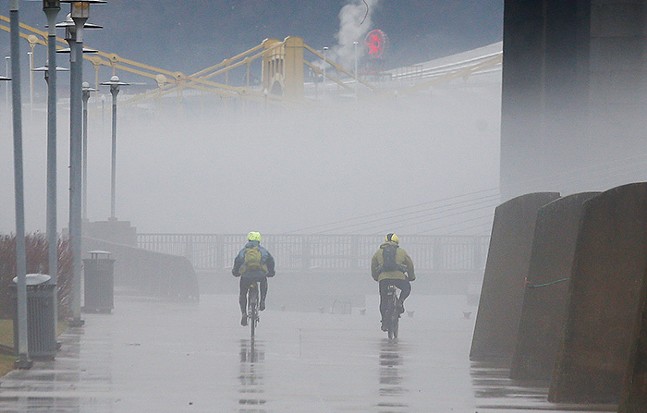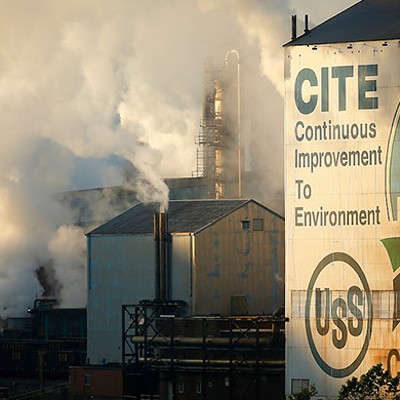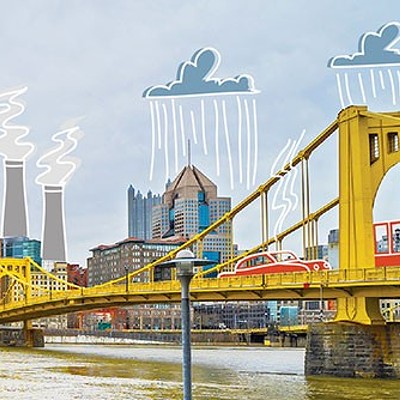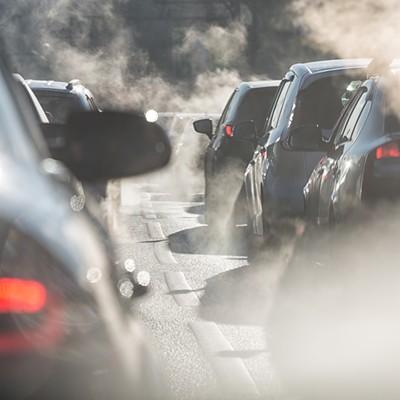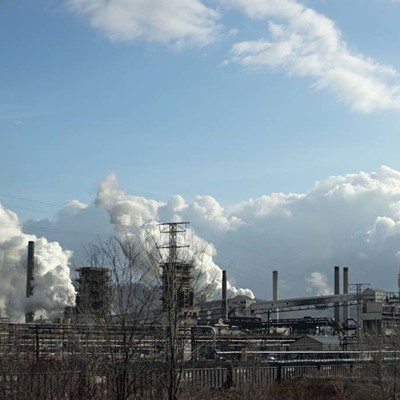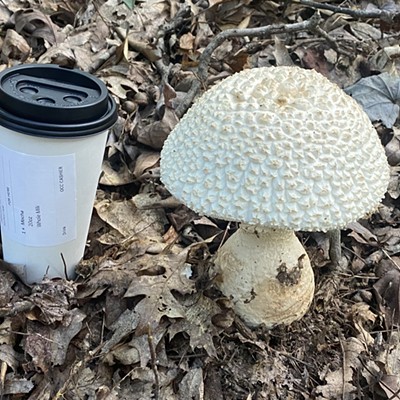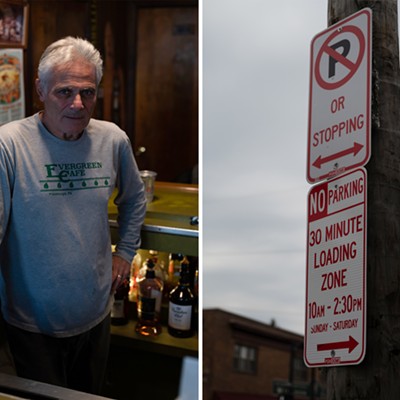Pittsburgh area gets first passing air pollution grade; still ranks among worst nationwide
The Pittsburgh metropolitan area finally has its first passing grade in year-round particle pollution, one of “the most harmful and widespread types of air pollution,” according the American Lung Association’s newest “State of the Air” report. However, the Pittsburgh metropolitan area, which the association defines as 12 counties making up the Pittsburgh-New Castle-Weirton area, still ranks in the nation’s worst 25 metro areas for both year-round (14th worst) and daily (22nd worst) measures of particle pollution.
“The metro area did significantly improve across the board for the third consecutive year for all three measures of air pollution covered in the report, reducing its year-round average for fine particles,” the ALA notes in a release, “and recorded fewer days with unhealthy air for both ozone and particle pollution.”
The area’s best ranking was for ground-level ozone air pollution, or smog, improving to 46th worst of 226 graded metro areas from 35th last year.
The “State of the Air” report is the ALA’s national air pollution “report card” that tracks Americans’ exposure to unhealthy levels of pollution over a three-year period, and the 2022 report contains data from 2018 to 2020. See the full report at Lung.org/sota.
“The levels of ozone and particle pollution seen in the Pittsburgh metro area can harm the health of all of our residents, but particularly at risk are children, older adults, pregnant people and those living with chronic disease,” says Molly Pisciottano, Director of Advocacy for the American Lung Association. ”Both ozone and particle pollution can cause premature death and other serious health effects such as asthma attacks, cardiovascular damage, and developmental and reproductive harm. Particle pollution can also cause lung cancer. Fortunately, the area did see improvements in all measured levels and recorded its first passing grade for long-term particle pollution.”
The report found that nationwide, nearly 9 million more people were impacted by deadly particle pollution than reported last year. It also shows more days with “very unhealthy” and “hazardous” air quality than ever before in the two-decade history of the report. Overall, the report found that more than 137 million Americans live in counties that had unhealthy levels of ozone or particle pollution. Black and Brown communities are disproportionately exposed to unhealthy air, the report confirms. The report also states that pandemic-related shut-downs in 2020 brought “no obvious improvement” to national air quality.
The American Lung Association is calling on the Biden administration to strengthen the national limits on both short-term and year-round particulate matter air pollution. They argue that stronger standards will educate the public about air pollution levels that threaten their health and drive the cleanup of polluting sources in communities across the country.
“The metro area did significantly improve across the board for the third consecutive year for all three measures of air pollution covered in the report, reducing its year-round average for fine particles,” the ALA notes in a release, “and recorded fewer days with unhealthy air for both ozone and particle pollution.”
The area’s best ranking was for ground-level ozone air pollution, or smog, improving to 46th worst of 226 graded metro areas from 35th last year.
The “State of the Air” report is the ALA’s national air pollution “report card” that tracks Americans’ exposure to unhealthy levels of pollution over a three-year period, and the 2022 report contains data from 2018 to 2020. See the full report at Lung.org/sota.
“The levels of ozone and particle pollution seen in the Pittsburgh metro area can harm the health of all of our residents, but particularly at risk are children, older adults, pregnant people and those living with chronic disease,” says Molly Pisciottano, Director of Advocacy for the American Lung Association. ”Both ozone and particle pollution can cause premature death and other serious health effects such as asthma attacks, cardiovascular damage, and developmental and reproductive harm. Particle pollution can also cause lung cancer. Fortunately, the area did see improvements in all measured levels and recorded its first passing grade for long-term particle pollution.”
The report found that nationwide, nearly 9 million more people were impacted by deadly particle pollution than reported last year. It also shows more days with “very unhealthy” and “hazardous” air quality than ever before in the two-decade history of the report. Overall, the report found that more than 137 million Americans live in counties that had unhealthy levels of ozone or particle pollution. Black and Brown communities are disproportionately exposed to unhealthy air, the report confirms. The report also states that pandemic-related shut-downs in 2020 brought “no obvious improvement” to national air quality.
The American Lung Association is calling on the Biden administration to strengthen the national limits on both short-term and year-round particulate matter air pollution. They argue that stronger standards will educate the public about air pollution levels that threaten their health and drive the cleanup of polluting sources in communities across the country.

